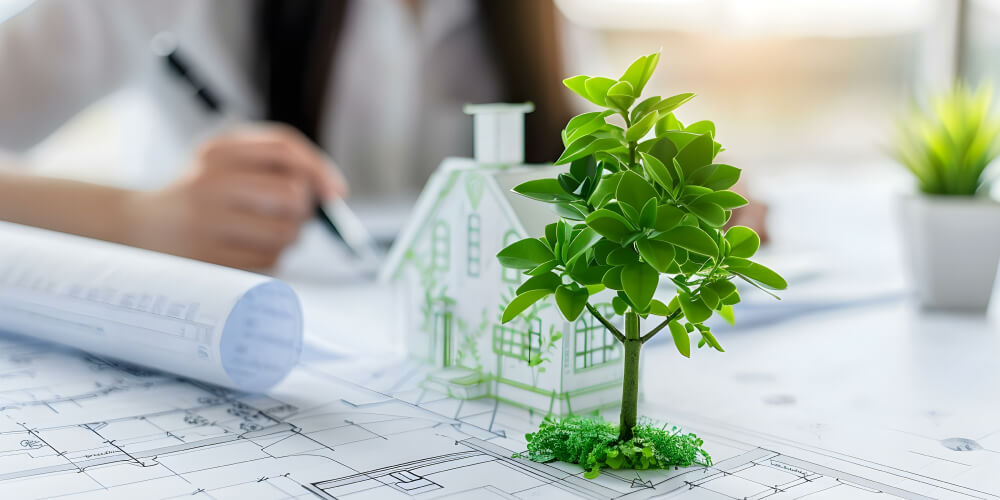1. Understanding the Importance of Insulation
Energy Efficiency:
- Reduced Energy Consumption: Proper insulation minimizes heat loss in winter and heat gain in summer, reducing the need for heating and cooling.
- Lower Utility Bills: By improving your home’s thermal performance, insulation reduces energy usage and lowers your utility bills.
Environmental Impact:
- Reduced Carbon Footprint: Less energy consumption means fewer greenhouse gas emissions, contributing to a more sustainable environment.
- Resource Conservation: Efficient insulation helps conserve natural resources by reducing the demand for energy.
Comfort and Health:
- Consistent Temperatures: Insulation helps maintain consistent indoor temperatures, enhancing comfort throughout the year.
- Improved Air Quality: Proper insulation reduces drafts and prevents pollutants and allergens from entering your home, improving indoor air quality.
Join HICP Homeowner’s Alliance
Connect with experts, get special discounts and enjoy member benefits
2. Types of Insulation Materials
Fiberglass Insulation:
- Batt and Roll: Fiberglass batts and rolls are commonly used in walls, attics, and floors. They are relatively inexpensive and easy to install.
- Blown-In: Blown-in fiberglass insulation is ideal for hard-to-reach areas and can provide excellent coverage.
Spray Foam Insulation:
- Closed-Cell Foam: This type of insulation has a high R-value and provides an effective air and moisture barrier. It’s ideal for attics, walls, and basements.
- Open-Cell Foam: Open-cell foam is less dense and provides good thermal insulation and soundproofing. It’s suitable for interior walls and attics.
Cellulose Insulation:
- Recycled Material: Made from recycled paper products, cellulose insulation is an eco-friendly option. It’s treated with fire retardants and provides good thermal and sound insulation.
- Blown-In: Cellulose is often blown into attics and wall cavities, providing excellent coverage and filling gaps and voids.
Mineral Wool Insulation:
- Rock Wool: Made from volcanic rock, mineral wool is fire-resistant, water-repellent, and provides good thermal and acoustic insulation.
- Slag Wool: Made from industrial slag, slag wool shares similar properties with rock wool and is another sustainable insulation option.
Natural Fiber Insulation:
- Cotton (Denim): Made from recycled denim, cotton insulation is a sustainable and non-toxic option that provides good thermal and sound insulation.
- Sheep’s Wool: Sheep’s wool is a natural, renewable material with excellent insulation properties and the ability to regulate humidity.
3. Areas to Insulate for Maximum Impact
Attic Insulation:
- Heat Loss Prevention: The attic is one of the primary areas where heat escapes in winter and enters in summer. Proper insulation can significantly reduce energy loss.
- Recommended R-Value: Aim for an R-value of 30-60, depending on your climate zone.
Wall Insulation:
- Exterior Walls: Insulating exterior walls helps maintain indoor temperatures and reduces the load on your heating and cooling systems.
- Interior Walls: Insulating interior walls can improve soundproofing and enhance comfort.
Floor Insulation:
- Above Unheated Spaces: Insulate floors above unheated spaces like garages or basements to prevent heat loss.
- Crawl Spaces: Insulating crawl spaces can improve overall energy efficiency and prevent moisture problems.
Basement and Crawl Space Insulation:
- Foundation Walls: Insulating foundation walls helps maintain basement temperatures and reduces the risk of condensation and mold growth.
- Crawl Space Encapsulation: Encapsulating and insulating crawl spaces improves air quality and energy efficiency.
Roof Insulation:
- Reflective Insulation: Installing reflective insulation under the roof can reduce heat gain in hot climates.
- Ridge and Soffit Vents: Proper ventilation in the roof area helps maintain insulation effectiveness and prevents moisture buildup.
4. Installation Tips for Effective Insulation
Professional Assessment:
- Energy Audit: Conduct an energy audit to identify areas where insulation is needed and determine the most effective insulation types.
- Professional Installation: Hire experienced professionals for installation to ensure proper coverage and adherence to building codes.
DIY Installation:
- Safety Gear: Wear protective clothing, gloves, and a mask when handling insulation materials.
- Proper Measurement: Measure and cut insulation materials accurately to fit snugly without gaps.
- Air Sealing: Seal air leaks before installing insulation to maximize its effectiveness.
Ventilation Considerations:
- Adequate Ventilation: Ensure proper ventilation in attics and crawl spaces to prevent moisture buildup and maintain air quality.
- Ventilation Systems: Consider installing ridge vents, soffit vents, or exhaust fans to improve airflow.
5. Additional Benefits of Insulation Upgrades
Noise Reduction:
- Soundproofing: Insulation materials like fiberglass, cellulose, and mineral wool provide excellent soundproofing, reducing noise from outside and between rooms.
Moisture Control:
- Moisture Barrier: Some insulation materials, like closed-cell spray foam, act as moisture barriers, preventing water infiltration and reducing the risk of mold growth.
Fire Resistance:
- Fire-Resistant Materials: Mineral wool and certain types of spray foam insulation offer fire-resistant properties, enhancing the safety of your home.
Upgrading your insulation is a key step toward creating a greener, more energy-efficient home. By understanding the importance of insulation, choosing the right materials, targeting key areas for insulation, and following proper installation practices, you can significantly reduce energy consumption, lower utility bills, and improve overall comfort. Embrace insulation upgrades as part of your green home improvement strategy to enjoy the long-term benefits of a sustainable and environmentally-friendly living space.




















